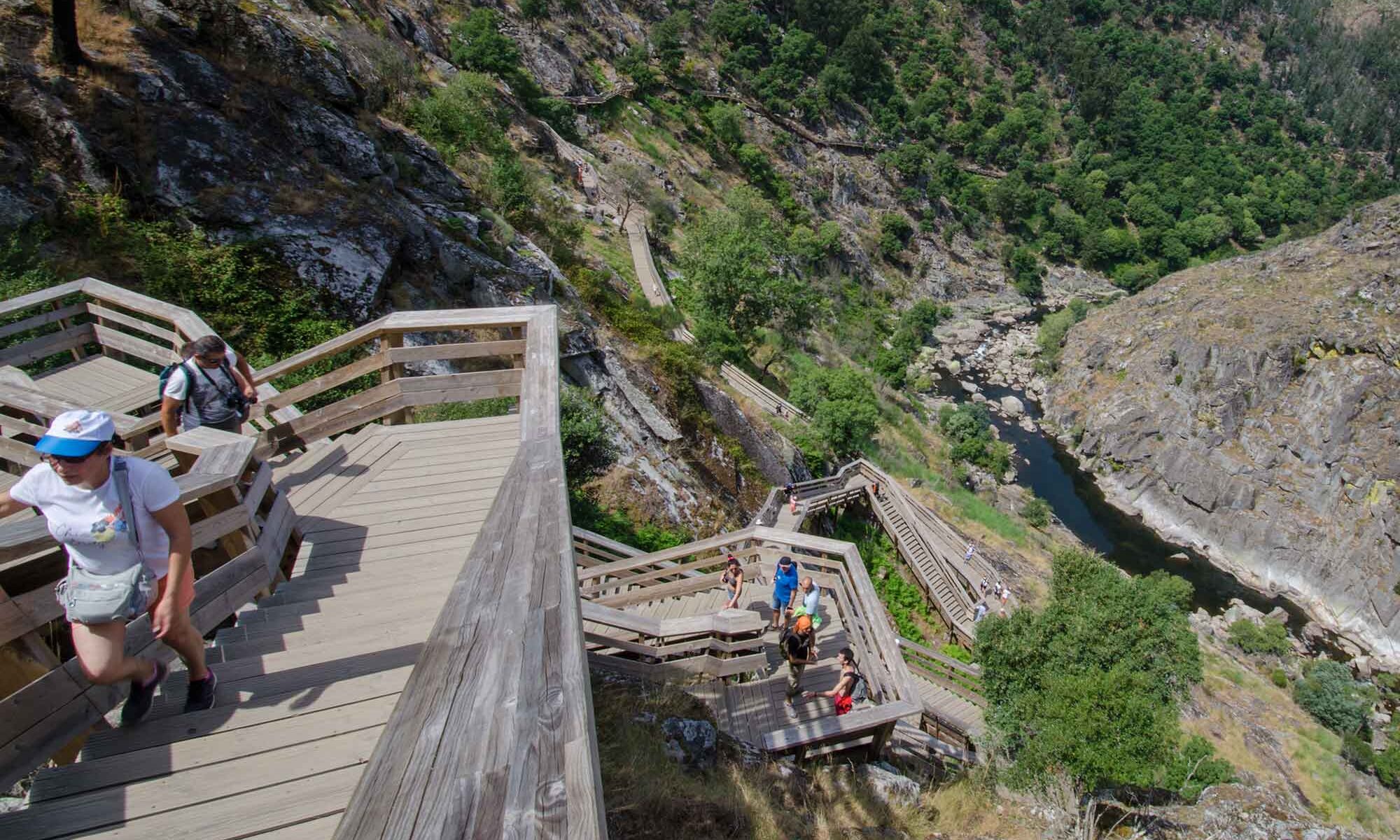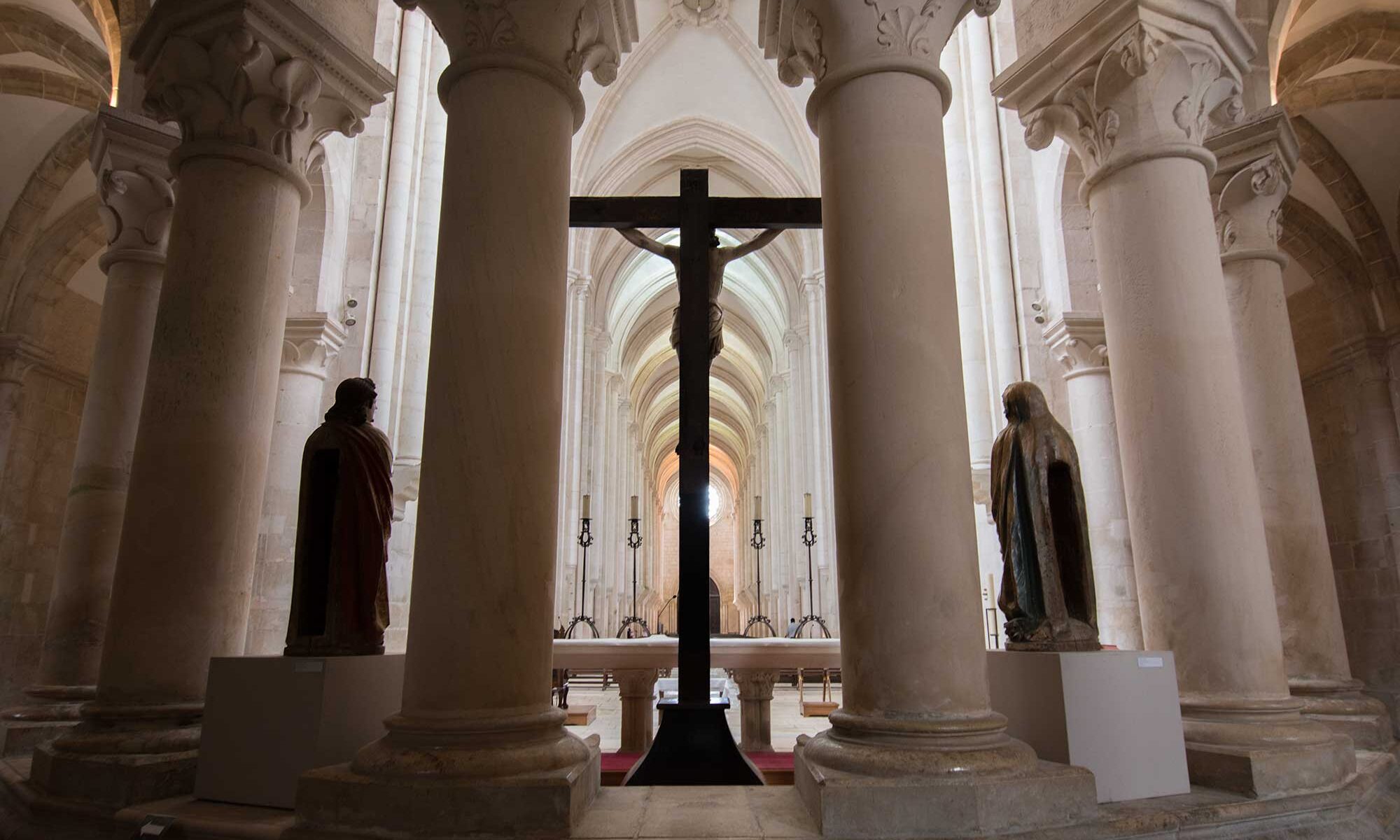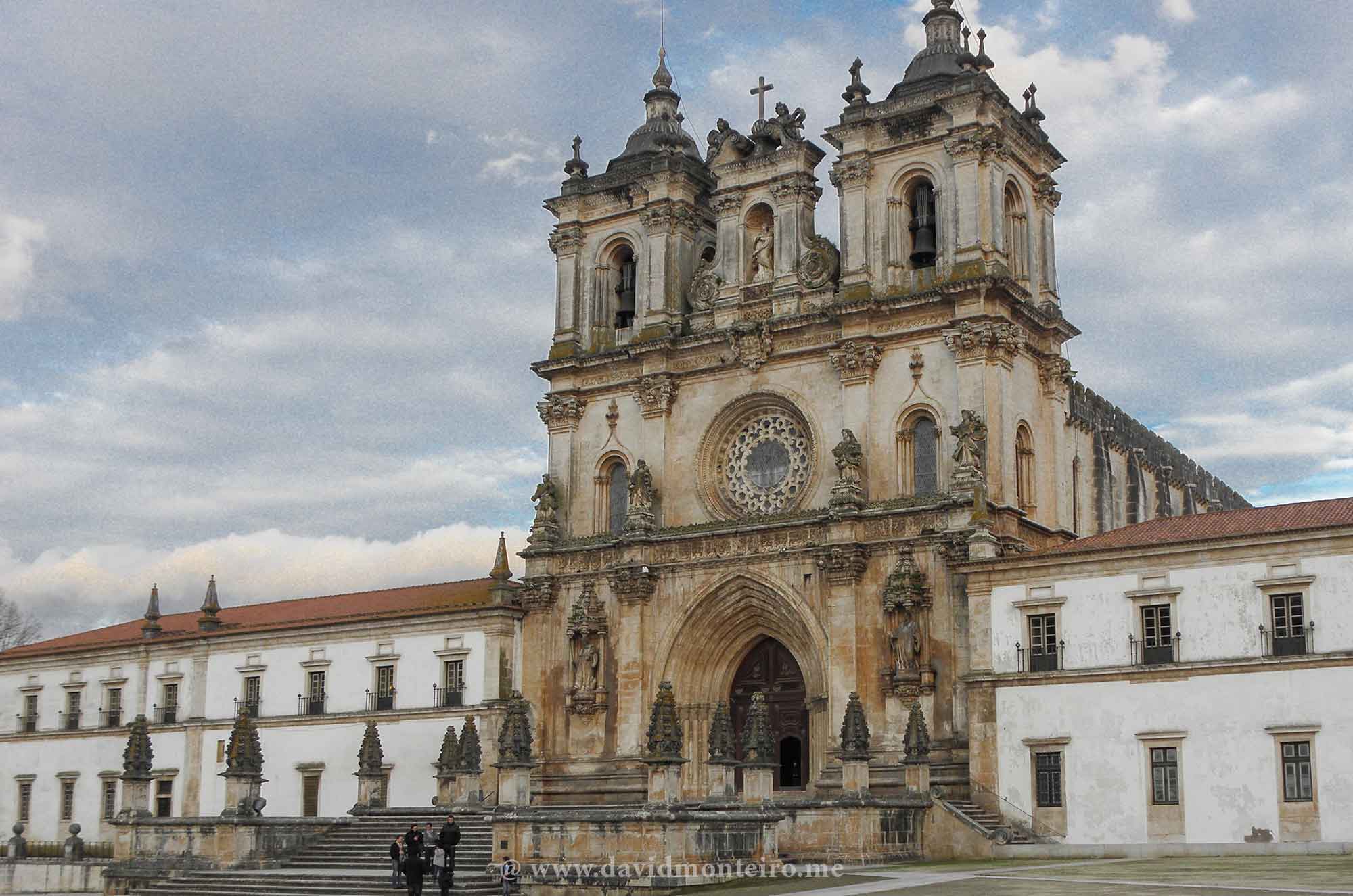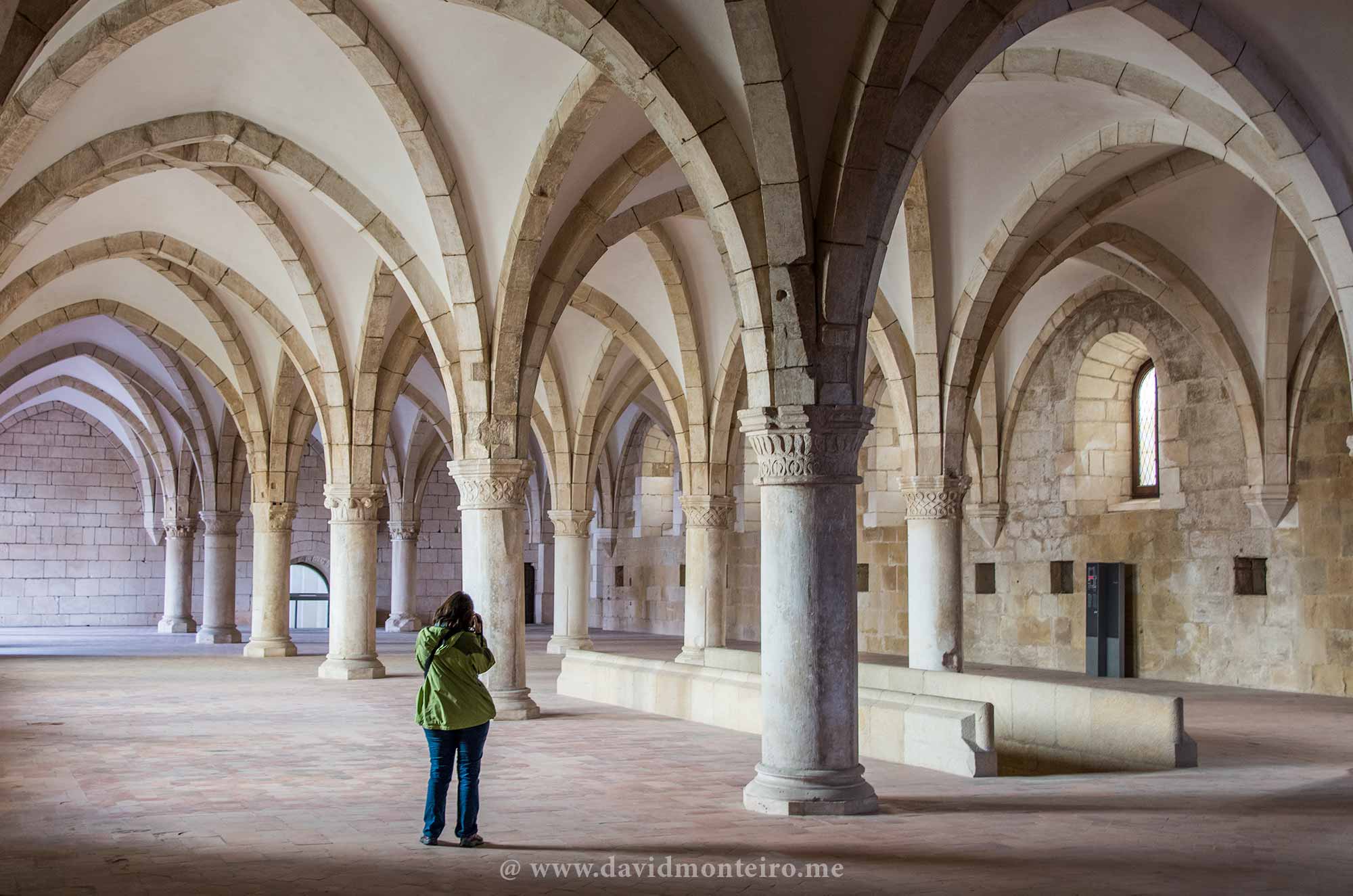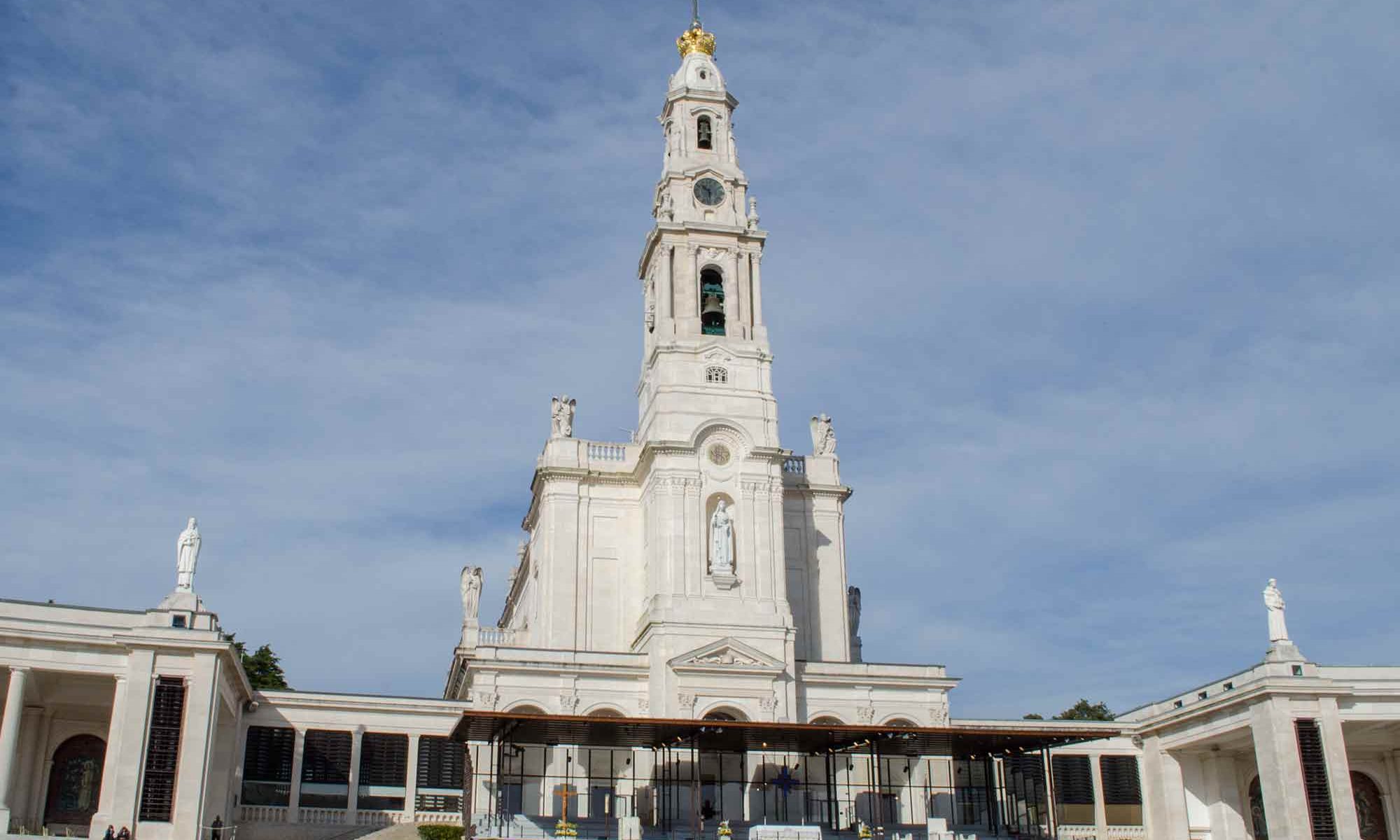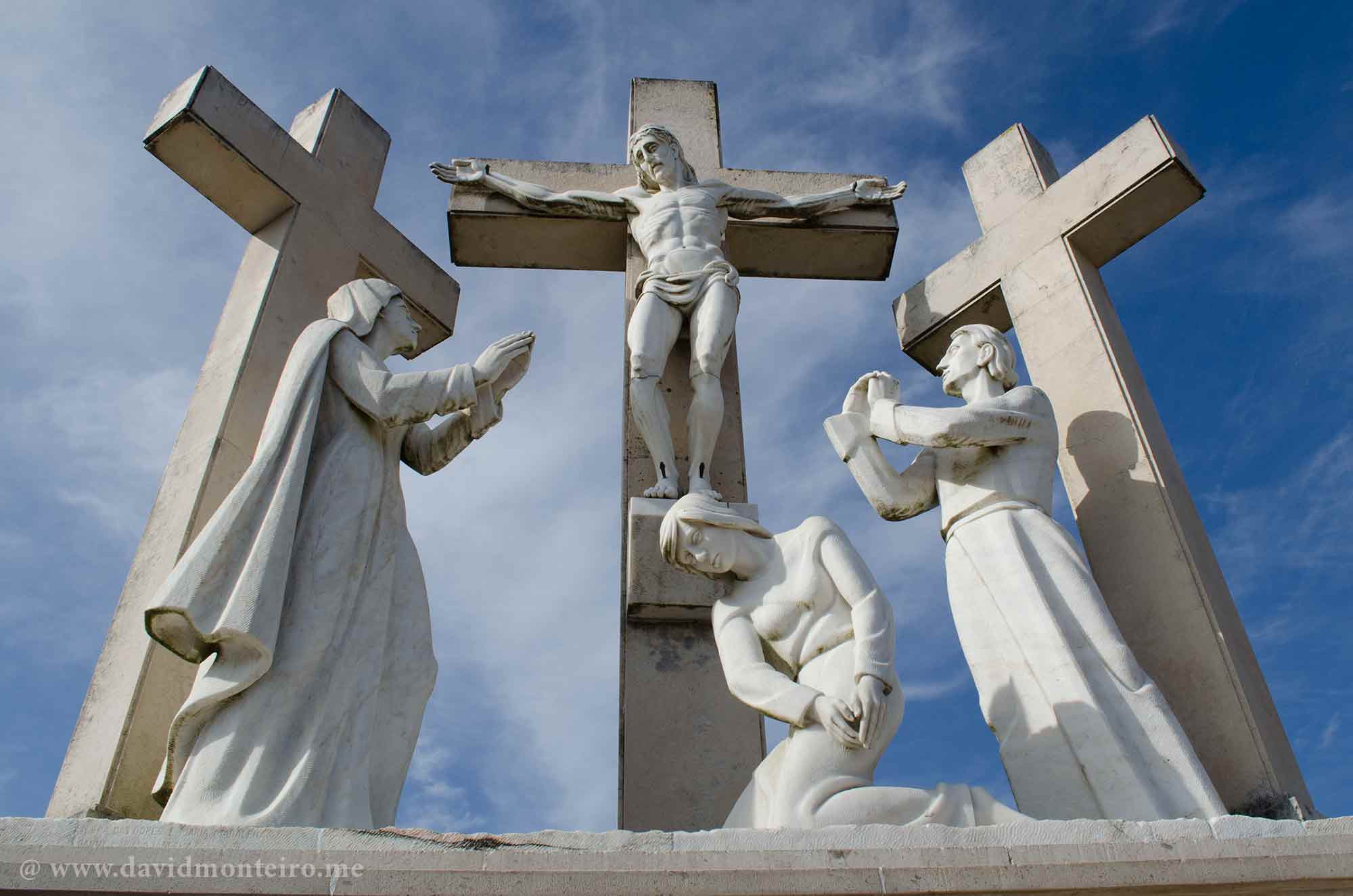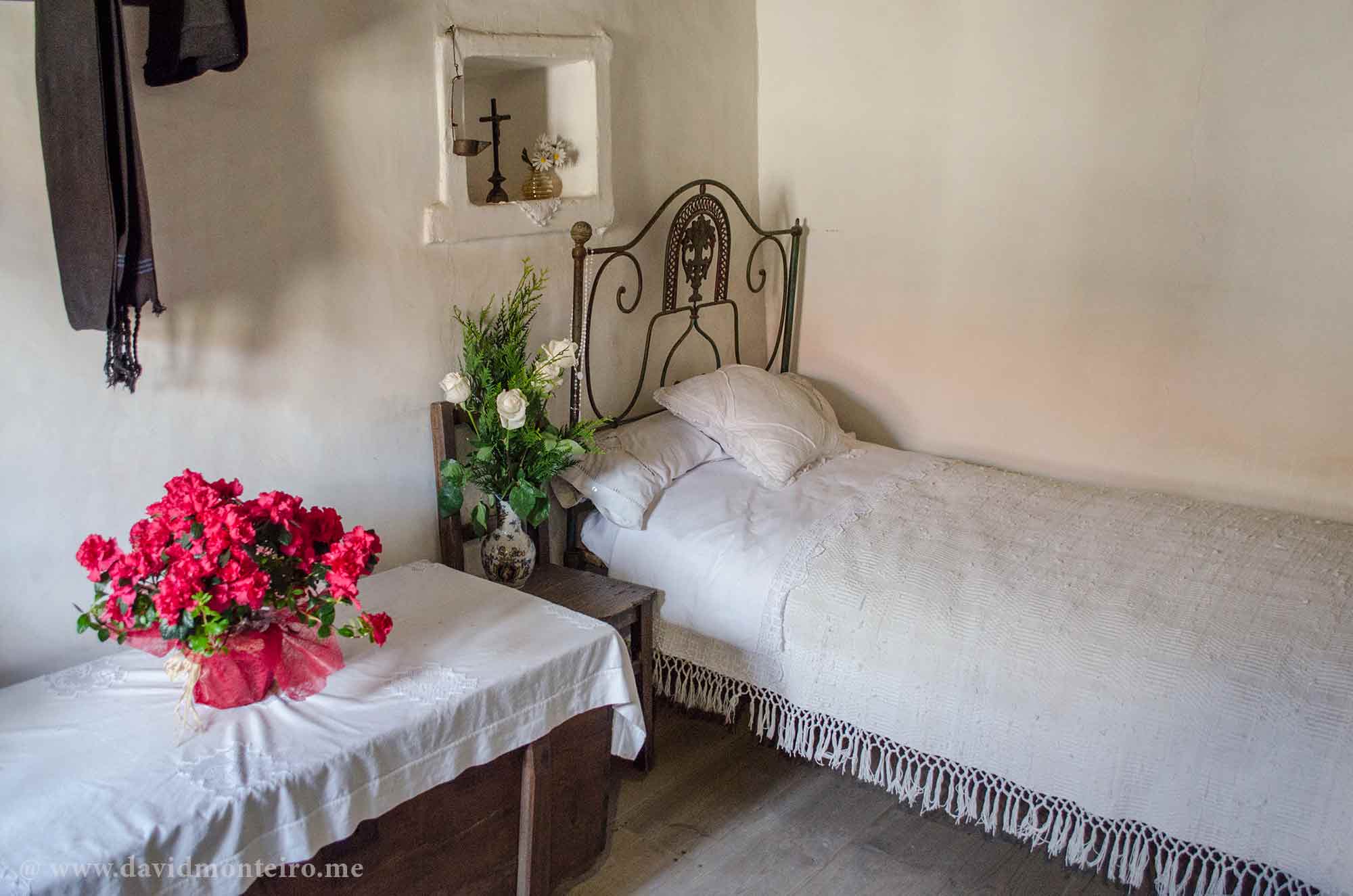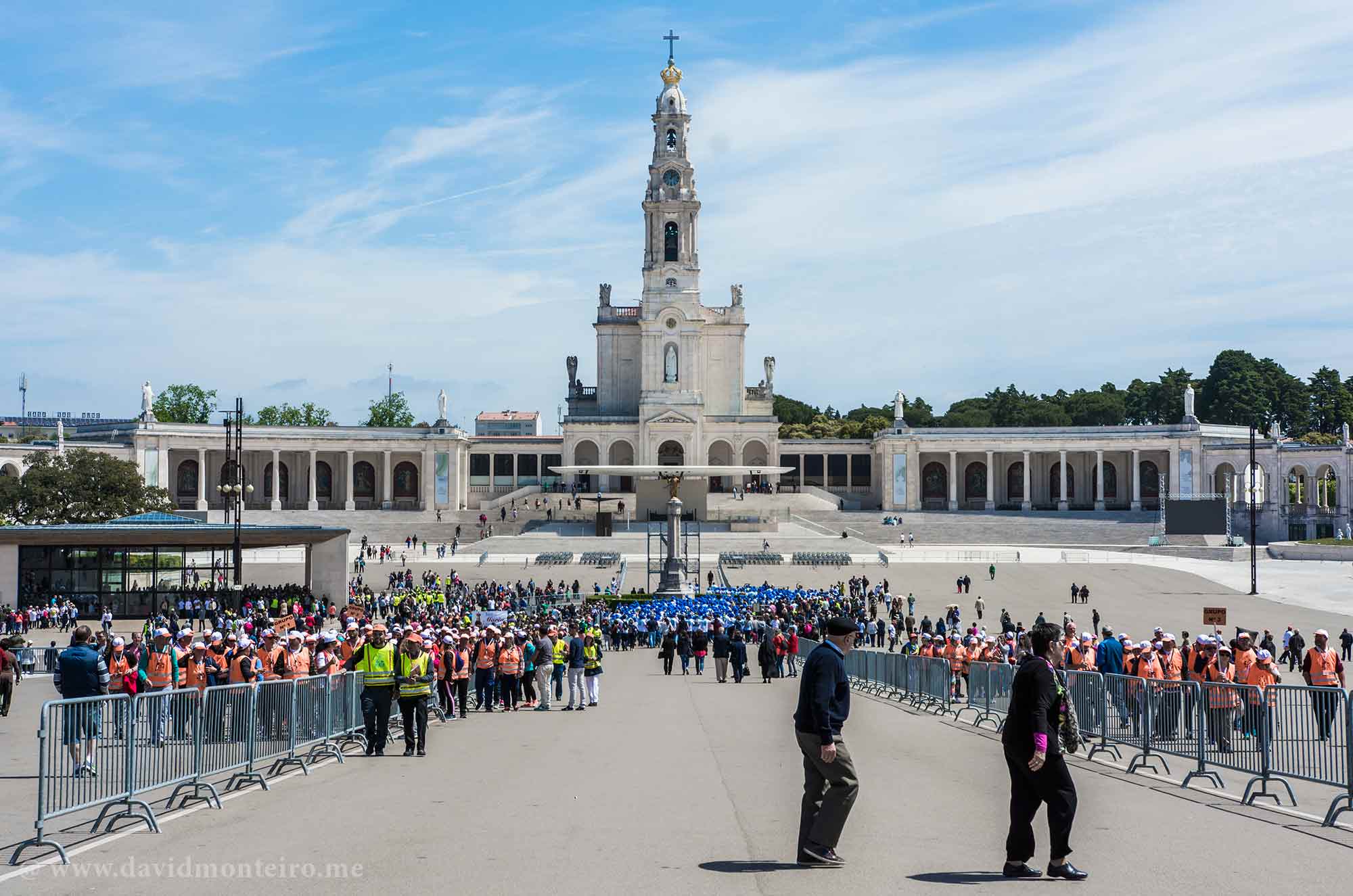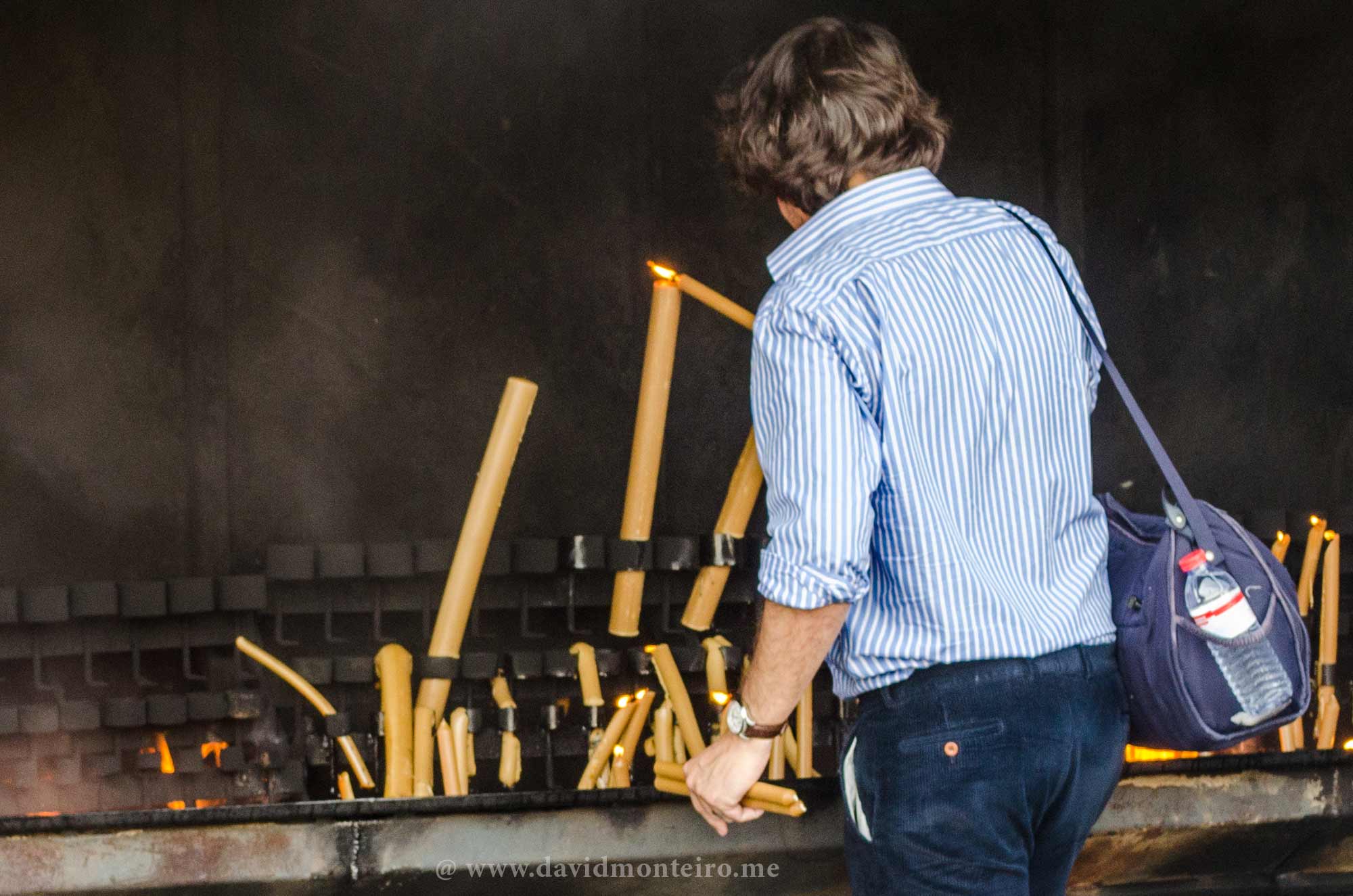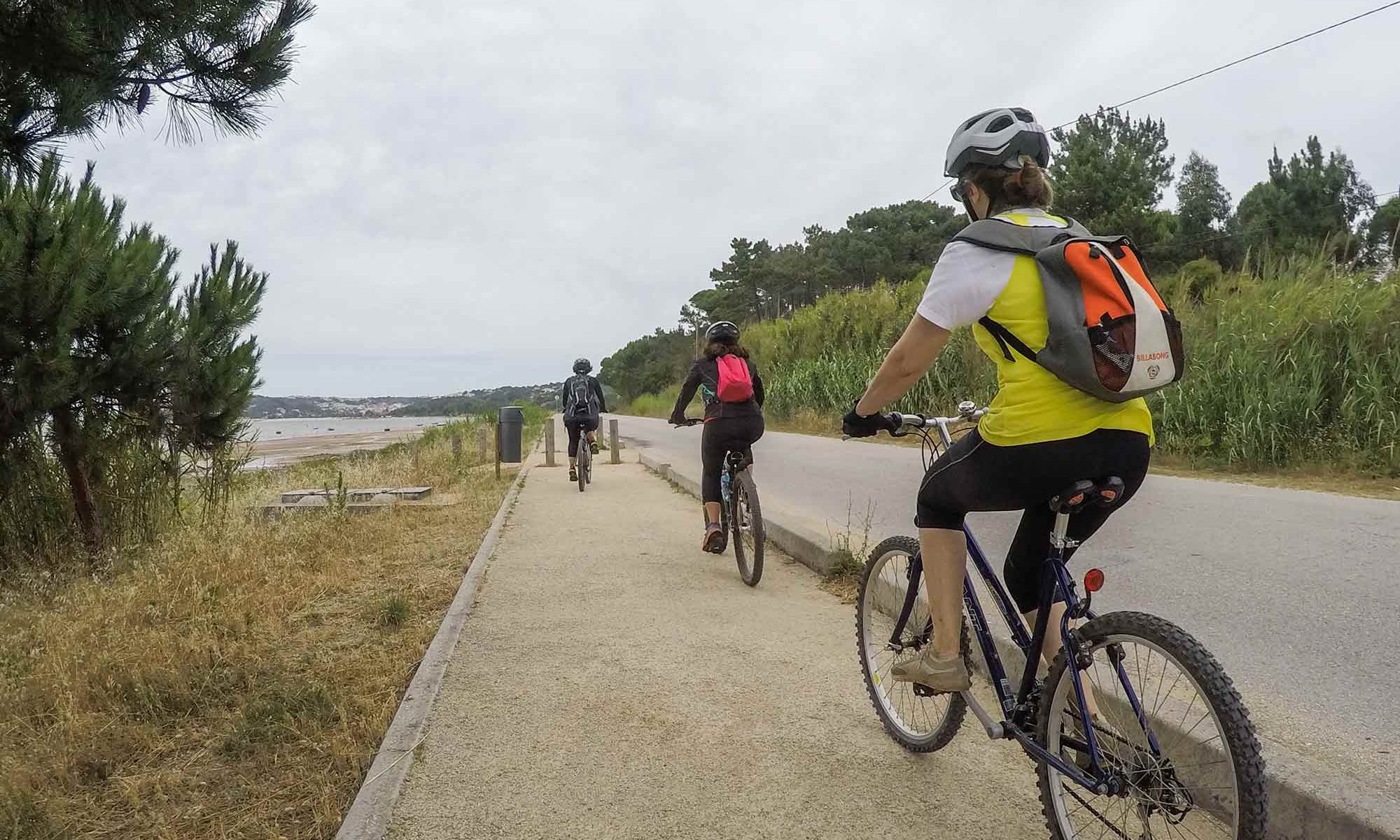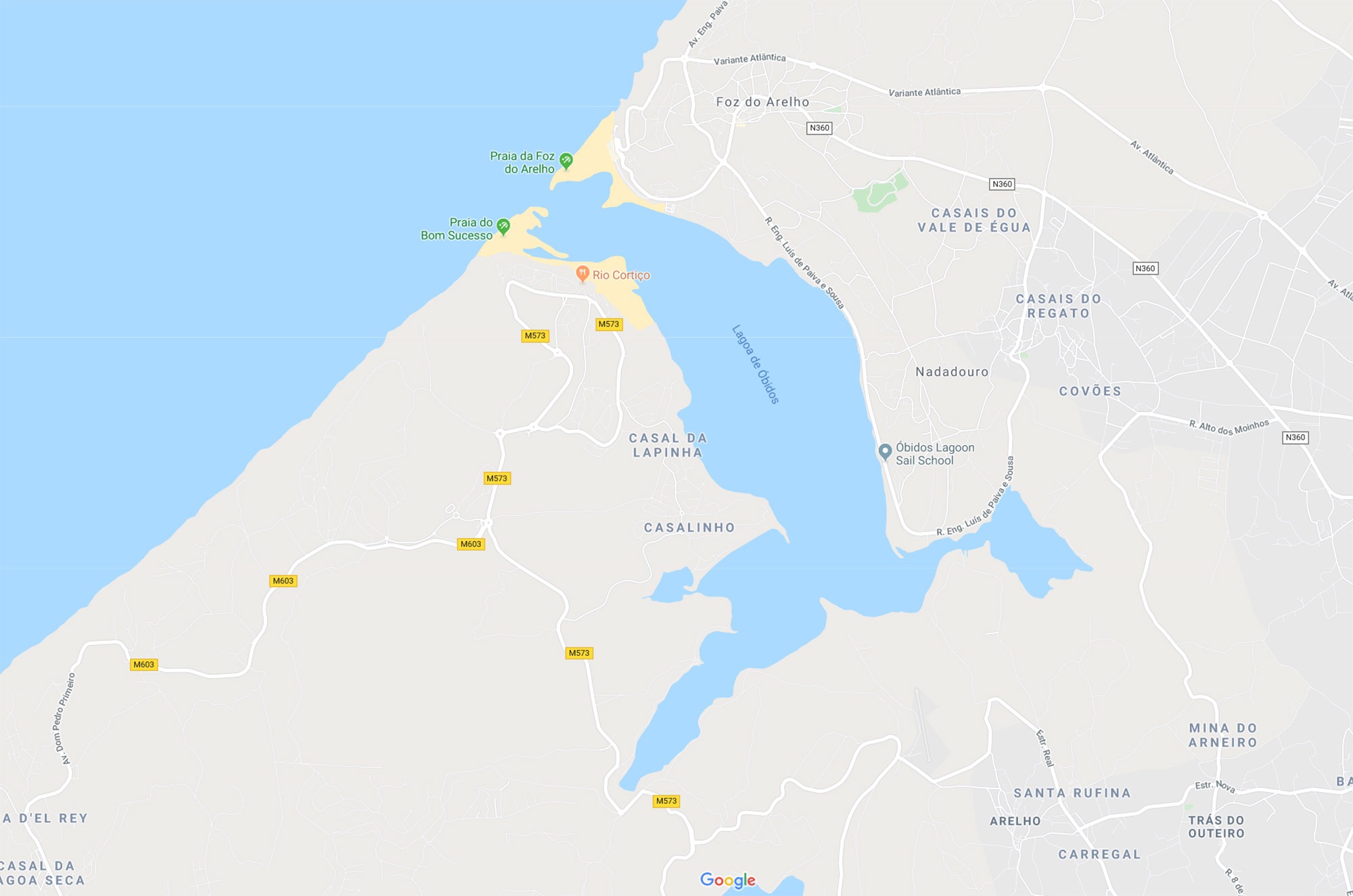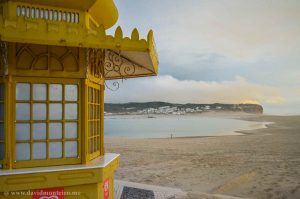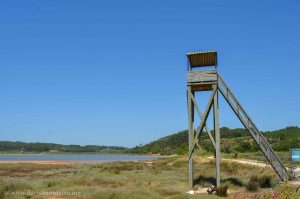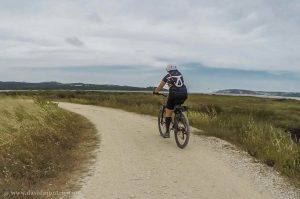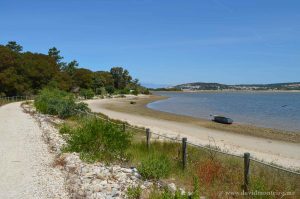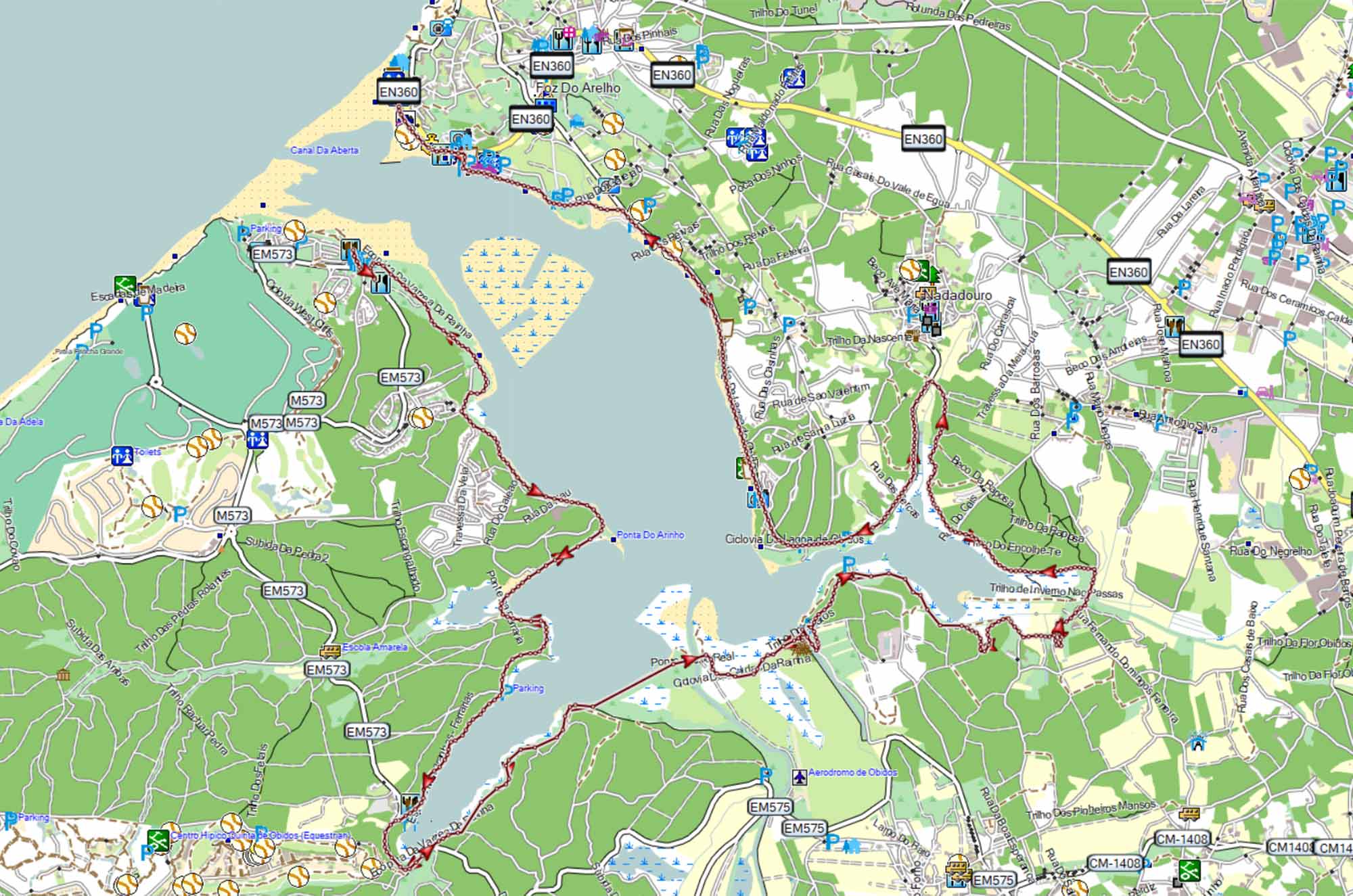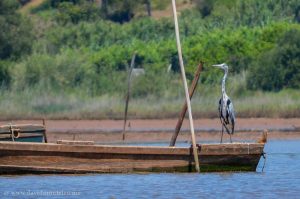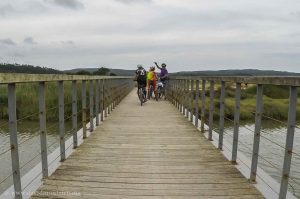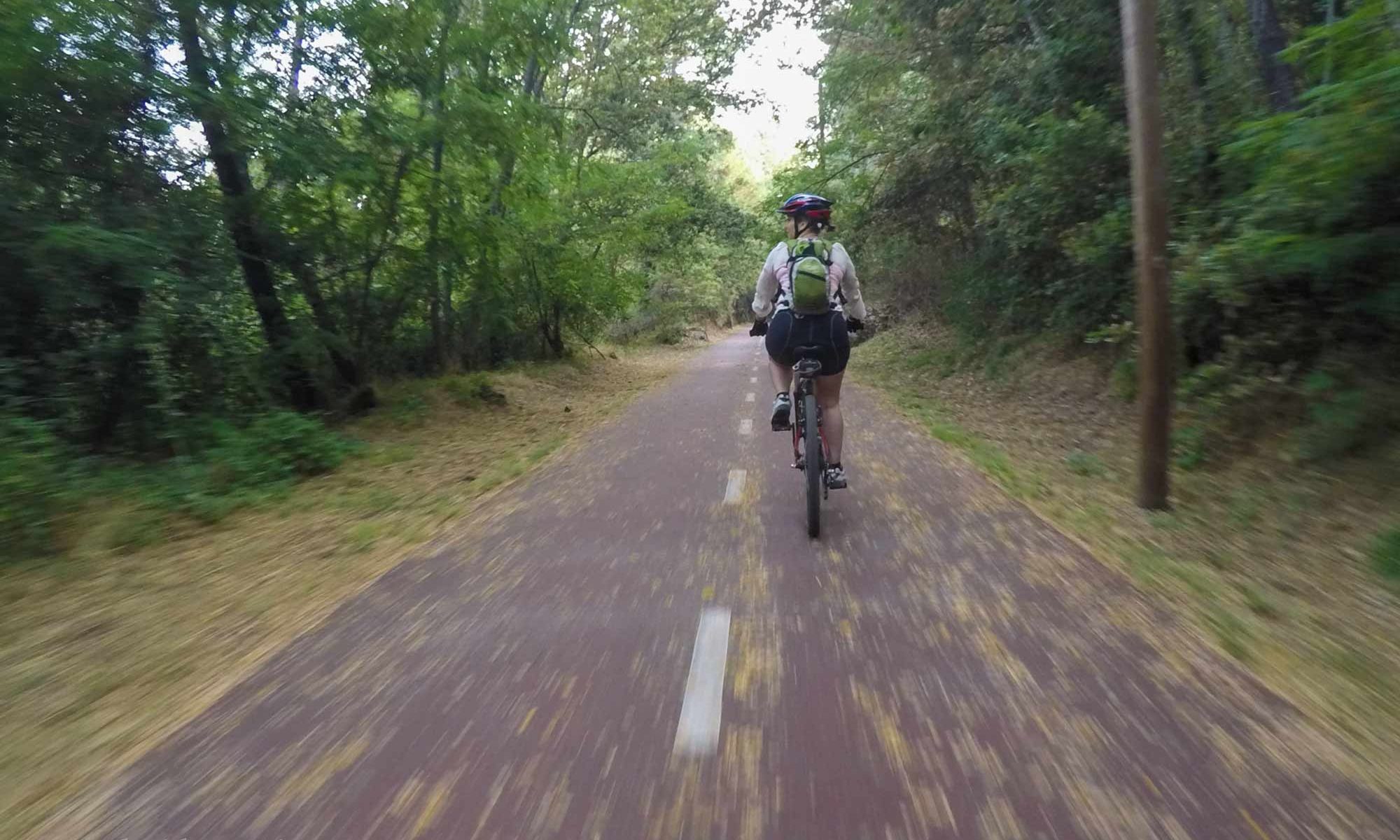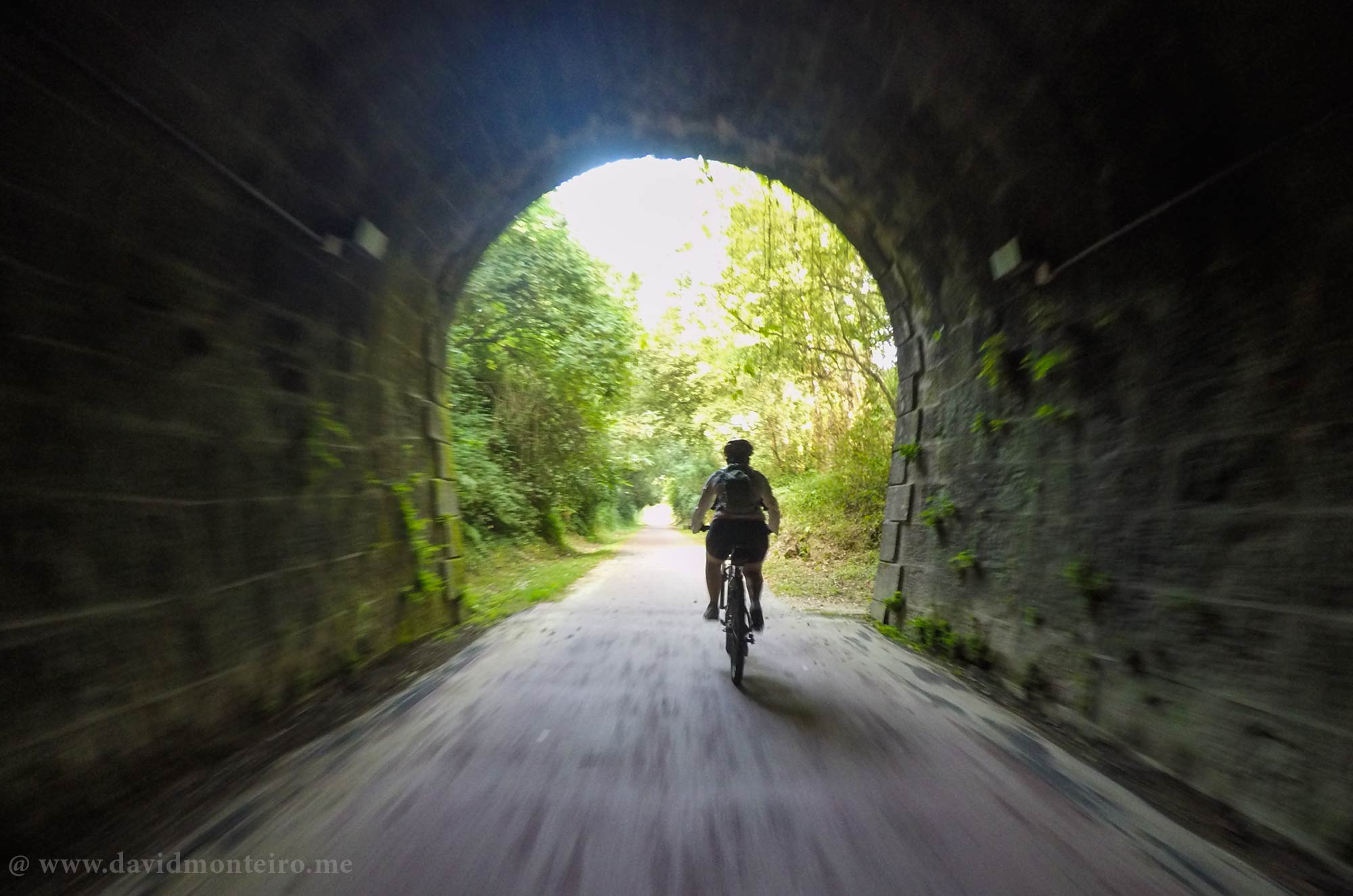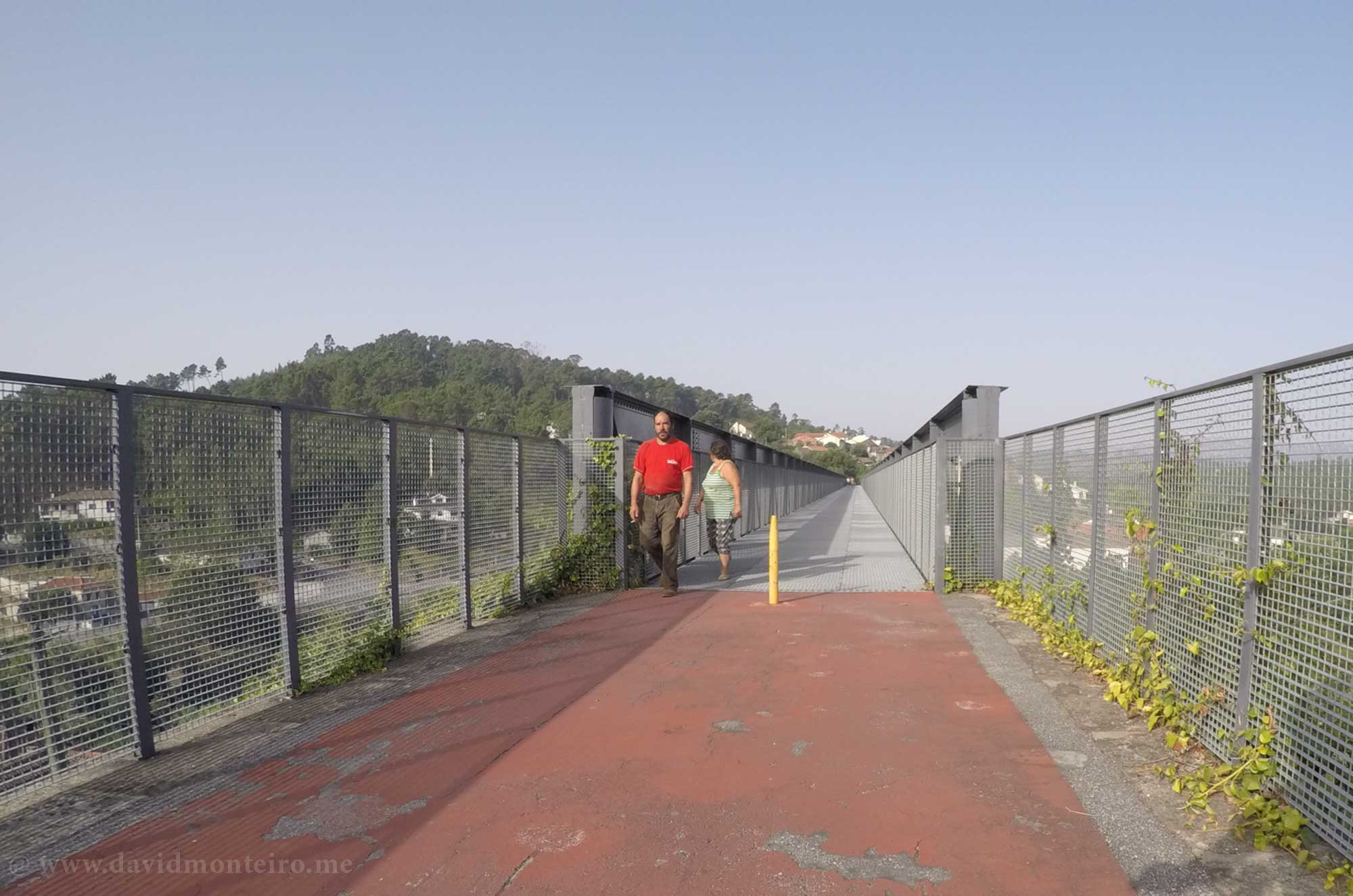Paiva Walkways, Portugal
The Paiva Walkways are suspended wooden walkways that meander through the Paiva River gorge, offering breathtaking views of nature’s splendor.
The English translation of what we refer to in Portuguese as “Passadiços do Paiva” is walkways.
I found several translations for “Passadiço” on the Internet: passageway, boardwalk, trailhead, and even catwalk. Here, we’ll call them walkways.
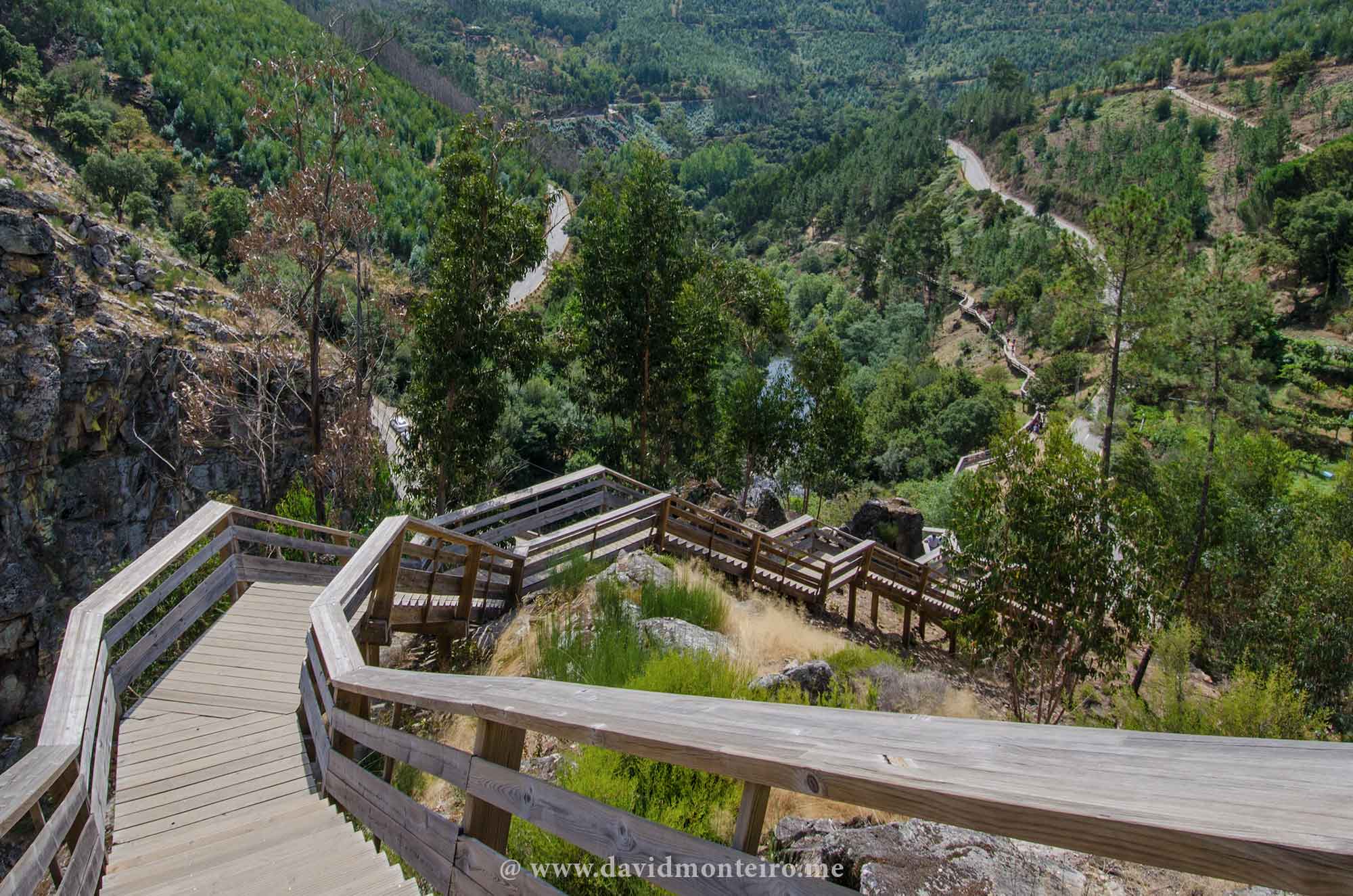
What are the walkways?
Walkways, often constructed from wood, provide easy access to natural areas that might be challenging for less skilled individuals.
Approaching these walkways reveals paved corridors, typically made of wood or other materials, extending through valleys, rivers, or other scenic locations.
Difficulty levels vary based on elevation gain rather than technical obstacles.

The Passadiços dos Paiva or Paiva Walkways
The “Passadiços do Paiva” specifically span 8700m in length.
This linear route, running from Espiunca to Praia Fluvial do Areinho, involves a 627m elevation gain and 475m elevation loss.
While GPS measurements may have inaccuracies, they offer a general idea of the terrain’s challenges before walking.

A success story
Perhaps the most successful case of walkways in Portugal, these walkways inspired the construction of many others.
The decision to build them occurred in 2013, with inauguration at the end of June 2015.
Unfortunately, about two months after the inauguration, a significant fire in September led to their closure for repairs.
They reopened in early 2016, only to suffer another fire in August.
Fully reopened in 2017, they have since been operational.
In 2015, during their two months of operation, they recorded close to 200,000 visits, with some days registering 8,000 visits.
Later, a maximum daily limit of 3,500 visits was imposed due to their popularity.
Despite their success, there have been protests by environmental organizations, citing damage to the ecosystem caused by tourist pressure.
Nevertheless, the success of the Paiva Walkways has encouraged the construction of many others, such as the Sistelo Walkways.
I will share information about some of these walkways I frequently visit.
To conclude
I hope you’re curious about these structures, and I look forward to your visit so we can explore one of these walkways together.
If you want to embark on this adventure and others like it, you can contact me through my company, Iberactive.
Carpe diem,
David Monteiro

